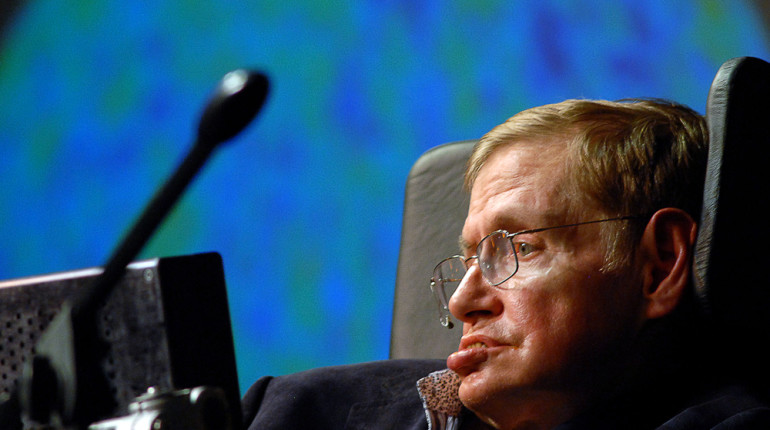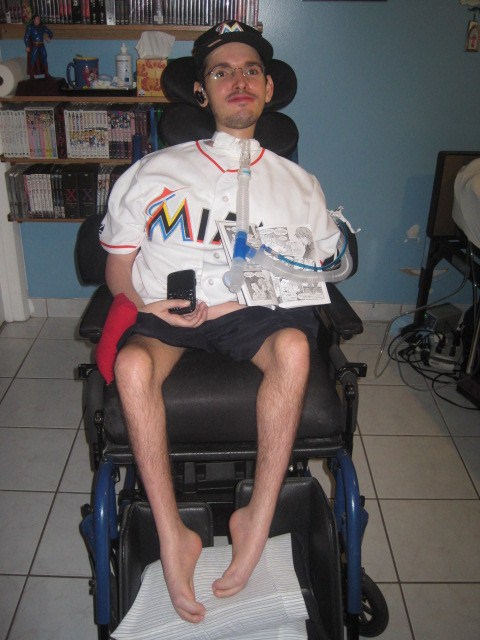Muscular dystrophy is an inherited genetic condition. It happens when there’s a gradual muscle weakness that would lead to disability. It is a progressive condition, which means it gets worse over time.
Muscular dystrophy often begins by affecting a particular group of muscles, before affecting the muscles more widely. If left untreated, MD would eventually affect the heart or the muscles used for breathing, at which point the condition becomes life-threatening.
There are many different kinds of muscular dystrophy. Symptoms of the most common type of MD begin in childhood, primarily in boys. Other types don’t surface until adulthood.
Some people who have muscular dystrophy will eventually lose their ability to walk. Some may even have trouble breathing or swallowing.
Muscular Dystrophy symptoms include:
- Progressive muscle weakness, this is the hallmark of muscular dystrophy.
- Specific signs and symptoms begin at different ages and in different muscle groups, depending on the type of muscular dystrophy.
Common Types of Muscular Dystrophy:
Duchenne muscular dystrophy
According to reports, about half of the people with muscular dystrophy have this variety. Although girls can be carriers and are mildly affected, the disease mainly affects boys.
Myotonic muscular dystrophy
Also known as Steinert’s disease, this form is characterized by an inability to relax muscles at will following contractions. Myotonic muscular dystrophy is the most common form of adult-onset muscular dystrophy. Facial and neck muscles are usually the first to be affected.
Unfortunately, there is no cure for muscular dystrophy, however, medications and therapy can help manage symptoms and slow the course of the disease.
Image Credits: thedailymail, muscle.ca, amsvans

